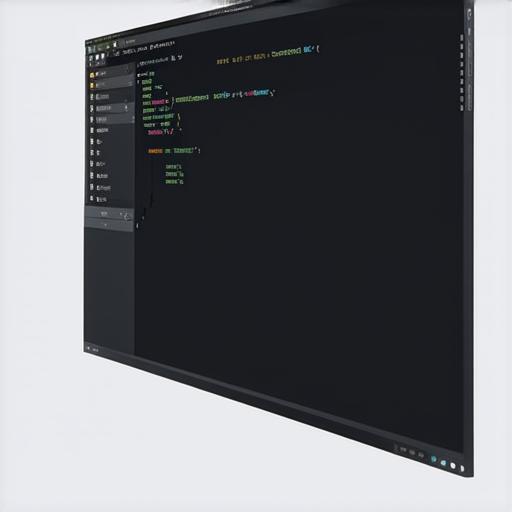Developing your own software can be an incredibly rewarding experience. Whether you are just starting out or have been a developer for years, there is always something new to learn and explore.
Why Develop Your Own Software?
There are many reasons why someone might choose to develop their own software. Some people do it for the challenge, while others want to create something that solves a problem they have personally experienced. Here are a few examples of why people choose to develop their own software:
- Personal satisfaction: Developing your own software can be an incredibly rewarding experience, especially when you see it come to life and solve a problem or meet a need.
- Financial gain: If you create software that is in high demand, you may be able to sell it or license it to others for a profit.
- Learning and growth: Developing your own software can be an excellent way to learn new skills and grow as a developer. It can also help you build your portfolio of work and showcase your talents to potential employers.
- Flexibility: When you develop your own software, you have the freedom to create it exactly how you want it. This can be especially useful if you have specific requirements or preferences.
Brainstorming Ideas for Your Software
Now that you know why people choose to develop their own software, let’s talk about how to come up with ideas for your software. Here are a few tips to get you started:

- Identify a problem or need: One of the best ways to come up with an idea for your software is to identify a problem or need that exists in the world. This could be something that you have personally experienced, or something that you have observed in others. Once you have identified a problem or need, think about how you might be able to solve it with software.
Designing Your Software
Once you have an idea for your software and have done some research, it’s time to start designing it. Here are a few key steps to follow:
- Create a plan: Before you start coding, create a plan for how your software will work. This should include things like the features you will include, the user interface you will design, and the database schema you will use.
- Choose your programming language: There are many programming languages to choose from when developing your own software. Some popular options include Python, Java, C++, and JavaScript. Choose the language that best suits your needs and skill level.
- Write code: Once you have a plan in place and have chosen your programming language, it’s time to start writing code. This can be an exciting and challenging process, so take your time and make sure you are writing clean, efficient, and well-documented code.
- Test your software: As you develop your software, it’s important to test it frequently to ensure that it is working as expected. You should also consider conducting user testing to get feedback on your software and identify any areas for improvement.
Launching Your Software
When your software is ready to be launched, there are a few key steps you will need to take:
- Launch your software: Make your software available to the public or your target audience.
- Market your software: Promote your software through various channels such as social media, online forums, and advertising to attract users and potential customers.
- Gather feedback: Collect user feedback to improve your software and address any issues or concerns that arise.
- Update and maintain your software: Continuously update and maintain your software to ensure it remains relevant, secure, and functional for its users.
